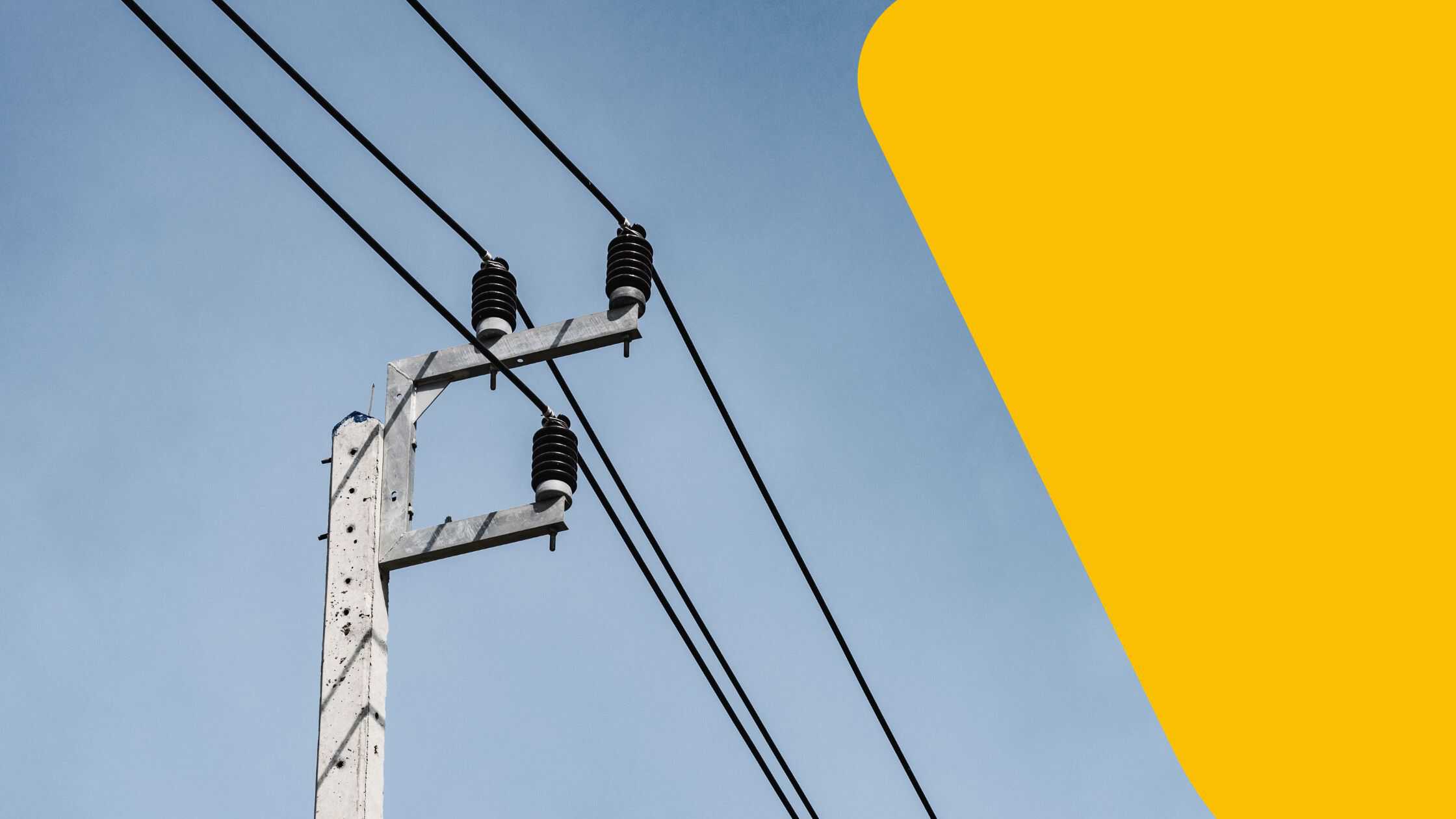The transition to a fossil-free energy system represents a monumental challenge for electrical distribution networks, marking one of the most significant shifts in decades. The demand for electricity is surging at an unprecedented rate, driven by the ongoing replacement of fossil fuels with electrification and the rapid integration of renewable energy sources into the grid.
This transformation is fundamentally reshaping the once centralized and predictable energy landscape, with distribution grids now grappling with a host of complexities as they adapt to these changes.
Modern and digital grids are vital to safeguard electricity security during clean energy transitions. As the shares of variable renewables such as solar PV and wind increase, power systems need to become more flexible to accommodate the changes in output. In a scenario consistent with meeting national climate goals, the need for system flexibility doubles between 2022 and 2030.
One of the primary challenges facing distribution grids is the need to deliver sufficient capacity during peak hours while also managing reverse power flows from residential solar installations feeding into the grid. This shift towards decentralization and bi-directional energy flows poses significant operational hurdles, including capacity constraints and difficulties in predicting and adjusting to evolving customer behaviour.
While investment in renewables has been increasing rapidly – nearly doubling since 2010 – global investment in grids has barely changed, remaining static at around USD 300 billion per year. According to the International Energy Agency, grid investment needs to nearly double by 2030 to over USD 600 billion per year after over a decade of stagnation at the global level, with emphasis on digitalising and modernising distribution grids.
In the worst-case scenario, distribution networks risk becoming bottlenecks in the broader energy transition.
Historically, the traditional response to such challenges has been the expansion of physical infrastructure through the installation of new cables, substations, and related components. That is because the current tariff structures are heavily focused on CAPEX compensation which doesn’t cover the rising cost of digitalisation, data processing or flexibility management. Giving DSOs little motivation to switch their grid investments towards achieving a truly smart grid.
New infrastructure will, of course, be required, but construction alone will not be enough. To meet the future electricity demand by 2050, we will have to deploy 2M km of cables per year. However, the exorbitant costs, regulatory hurdles, and logistical complexities associated with this approach have highlighted the need for alternative solutions.
On their latest release, the European Commission has set up an action plan designed to make Europe’s electricity system stronger, interconnected, digitalised and cyber-resilient. Where they highlight the need for National Regulation Authorities (NRAs) to take the lead and propose new tariff methodologies that incentivize a better use of the already deployed grids. A TOTEX-oriented system allows DSOs to target critical bottlenecks by using innovative technologies like flexibility management.
It’s no longer going to be solely about bringing money towards the energy transition but how smartly do we allocate it.
Fortunately, advancements in technology, particularly in the realms of artificial intelligence (AI) and digitalisation, are offering new avenues for optimizing the distribution of electricity. On average distribution grids in Europe operate below 10 % of capacity, because they’re designed to cope with peak loads. By leveraging digitalisation, smart metering, and real-time data analytics, grid operators can implement active management strategies to flatten peaks and troughs in demand, thereby reducing the reliance on additional infrastructure.
A real-time Digital Twin creates digital replicas of physical networks that provide comprehensive visibility, analytics, and access to flexibility are a key aspect for preventing bottlenecks and efficiently plan the deployment of new grid infrastructure.
At Plexigrid, we’ve thoroughly considered these challenges and the urgency to address them promptly. In our assessment, we’ve pinpointed three key capabilities that Distribution System Operators (DSOs) must possess to effectively manage a smart and efficient distribution network.
1. Real-Time Grid Visibility: Having visibility of the whole grid enables operators to monitor network behaviour and available capacity in real time.
2. Real-Time Grid Analytics: Access to reliable data facilitates the simulation and prediction of grid behaviour to inform decision-making.
3. Real-Time Access to Flexibility: The ability to connect network infrastructure with active customers and flexible devices to optimize grid operations.
By integrating these capabilities into a unified platform, Plexigrid offers a holistic solution that transcends traditional operational silos, empowering distribution system operators to optimize performance, enhance reliability, and improve customer service—all while minimizing the need for costly infrastructure investments.
In conclusion, the transition to fossil-free energy systems represents both a monumental challenge and an unprecedented opportunity for distribution networks. Through innovation, adoption of cutting-edge technologies and collaboration between regulators, aggregators, distribution networks and service providers like Plexigrid, we can build a more efficient, resilient, and sustainable energy system that benefits society as a whole.
Co-written by Juan Felipe Díaz and Guillermina Frigerio


